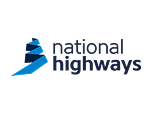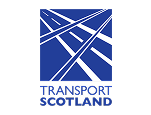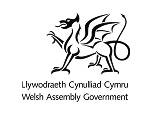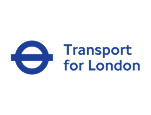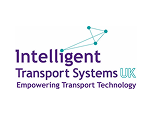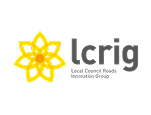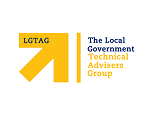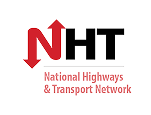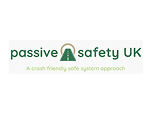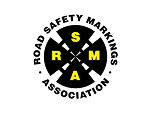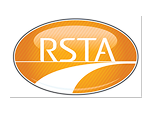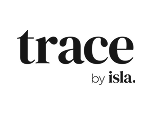The National Highway and Transport Public Satisfaction Survey (NHT Survey) this year threw in new questions and provided new comparisons although the big question remains the same: of the 109 authorities that took part, who came out on top?
Across this year's 124 satisfaction questions, 34 different authorities secured a ‘best performer' for one or more indicators and 48 different authorities were the ‘biggest improver'.
The top ‘best performers' were:
- Nottingham City (43 times),
- Portsmouth (27),
- Milton Keynes (24).
The top ‘biggest improvers':
- Rochdale (19 times),
- Peterborough (18),
- Milton Keynes (11).
The most ‘improvements of 4% or more' were:
- Peterborough (28 times),
- Rochdale (24),
- Tameside (24)
Sadly, the majority of participants saw their satisfaction results fall since last year. Only 18 authorities saw more of their satisfaction scores improve than reduce.
The top performers were:
- Milton Keynes (43 more improvements than reductions)
- Peterborough (41),
- Hartlepool (22).
All 15 highway maintenance indicators were down except two key benchmarks, the condition of highways and streetlighting. Keeping drains clear and working saw the steepest fall at 6% down and, linked to this, deals with flooding on roads and pavements also saw a 5% fall.
For highways maintenance, Portsmouth secured the top spot, with 19 top performer places, some of which it shared with Southwark, which came second with 10.
Portsmouth also had the best overall condition of the highways and highways maintenance satisfaction scores.

The report states: ‘Five of the existing highway Maintenance indicators have been replaced by 10 new indicators, for the most part the new indicators have been introduced to collect and separate views about roads and pavements.
‘The speed of repair and quality of repair indicators show significant differences between satisfaction levels for roads and pavements, with the roads scores this year broadly in line with last year's joint roads and pavements scores and the pavement scores somewhat higher. The other scores are broadly in line with last year.'
Worryingly seven of the eight road safety indicators were down. The survey found 10 of the 14 tackling congestion indicators had also fallen.
Among a number of tweaks to the survey, which in some cases rule out comparisons with previous benchmarking, three new indicators were introduced to record the degree to which the public 'agree' with the statements about 'changing travel habits', and to gauge the level of 'support' for congestion charging.
More people disagreed than agreed with the statement that they could 'travel by car less' with all scores below 50%. The highest recorded score was 48%, the lowest 15% with an average of 40%.
It was a similar picture for 'walking, cycling or using public transport more' with the majority of the scores below 50%, an average of 45% and highs and lows of 53% and 15% respectively.
The highest result for support for congestion charging was 65%; however there was a wide spread with 33% difference from highest to lowest. With an average score of 42%, the survey found the public generally 'opposed' the idea.
As a sign of the times perhaps, the highest recorded 'well informed' result was 70% for informed about climate change, which was also the indicator with the highest average score at 60%.
The lowest recorded 'well informed' score was 22% for 'informed about local air quality', which also had the lowest average score at 27%.
Reflecting the different service levels and challenges across the country, the widest range recorded was for ‘informed about public transport' with a difference from high to low of 27%.
The survey found that coronavirus did not have ‘a significant impact on the public's satisfaction with highway and transport'.
However, it noted that ‘the reductions in cycling and congestion scores may be attributable to the virus, due to an increased interest in cycling and the extra maintenance activity carried out by some authorities during lockdown'.
All 24 walking and cycling indicators are down except two key benchmarking indicators – pavements and footpaths overall satisfaction, and rights of way overall satisfaction.
One of the innovations in the reporting this year was the change to comparisons between indicators rather than simply comparing benchmarking.
The NHT Survey by numbers
- 12 page postal survey
- 176 individual questions
- 156 performance Indicators
This year's statistics:
- 109 Authorities took part
- Sent to 404,094 households
- 95,704 responses
- 14% of responses online
- Average response rate 23.8%
Lifetime statistics:
- Started in 2008
- 140 authorities have participated in total
- Sent to over 4.8 million households
- Over 1 million responses








